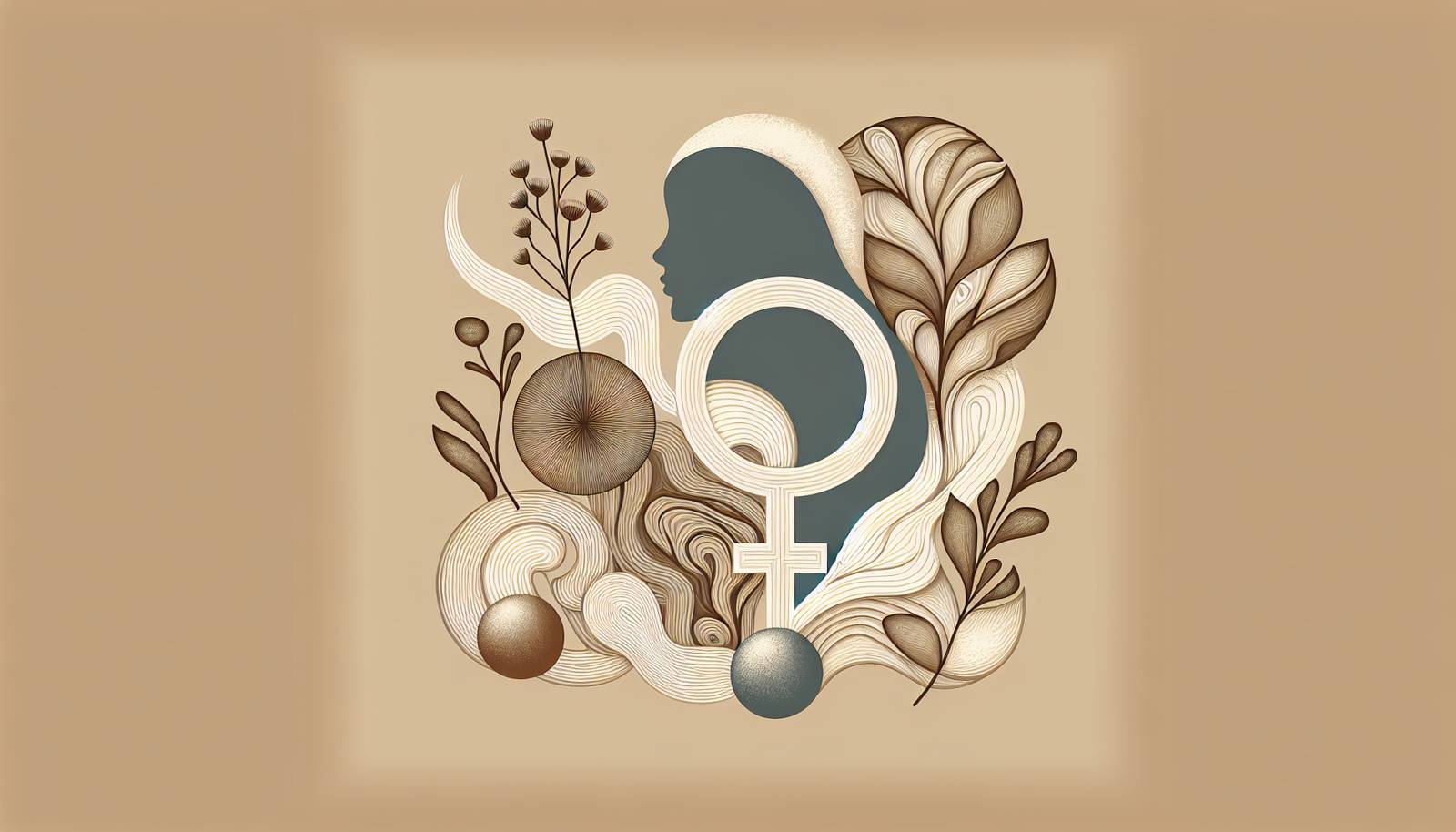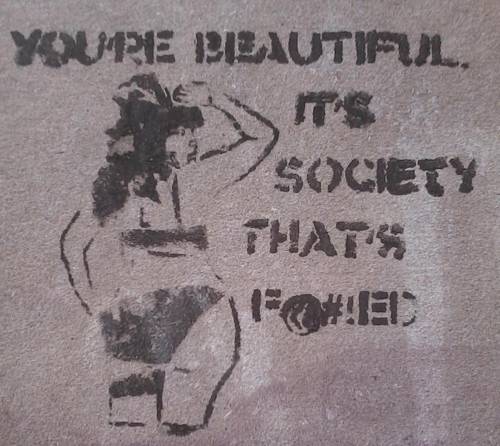
FAQ About The Impact of Feminist Art on Gender Discourse

What is feminist art?
Feminist art is a category of art created to highlight and challenge societal norms related to gender, particularly addressing issues of inequality, identity, and the role of women in society. It emerged as a part of the feminist movement in the 1970s and continues to evolve as a platform for activism and change within the art world and beyond.

How has feminist art influenced gender discourse?
Feminist art has significantly influenced gender discourse by bringing issues of gender, identity, and inequality to the forefront of cultural conversations. Through various media such as painting, sculpture, performance art, and installations, feminist artists have questioned traditional representations of women and highlighted the diverse experiences and challenges faced by women and other marginalized genders. This has fostered greater public awareness and dialogue on gender issues, influencing both art criticism and broader social and political conversations.

Who are some prominent feminist artists, and what are their contributions?
Some prominent feminist artists include Judy Chicago, known for her installation The Dinner Party, which celebrates the achievements of women throughout history; Cindy Sherman, whose photography explores the role and representation of women in society; and Guerrilla Girls, an anonymous collective that uses art to protest gender and racial inequality in the art world. These artists, among others, have contributed to increased visibility of feminist issues and have inspired many others to question and redefine gender norms through art.

What themes are commonly explored in feminist art?
Feminist art often explores themes such as identity, the female body, domesticity, motherhood, sexuality, and power relations. Artists address these topics to critique societal norms and highlight the lived experiences of women and marginalized groups. These themes serve as a foundation for dialogues about equality, representation, and empowerment.

How did feminist art emerge as a movement?
Feminist art emerged as a movement in the late 1960s and 1970s alongside the feminist movement, which sought to challenge the male-dominated art world and address issues of gender inequality. Women artists began organizing exhibitions, forming collectives, and creating art that directly confronted gender stereotypes and offered new representations of women's experiences. This movement was part of a broader push for social change and equality in various spheres of life.

What role did the feminist art movement play in art history?
The feminist art movement played a transformative role in art history by challenging the traditional male perspective that dominated the art world. It expanded the scope of art to include gender as a critical lens for analysis and created spaces for women artists to present their work and perspectives. This movement also prompted art institutions to reconsider and revise their collections, highlighting the achievements and contributions of women artists previously overlooked.

How has feminist art evolved over time?
Feminist art has evolved from focusing primarily on issues of women's rights and representation in the 1970s to encompassing a broader range of intersectional issues, including race, class, sexuality, and identity. Contemporary feminist artists continue to push boundaries by incorporating new media and technologies and addressing global issues, reflecting the changing dynamics of gender discourse in a multicultural and connected world.

What is the significance of 'The Dinner Party' by Judy Chicago in feminist art?
'The Dinner Party' by Judy Chicago is a seminal work in feminist art, widely recognized for its celebration of women's history and achievements. The installation features a triangular table with 39 place settings, each dedicated to an important woman from history. This work highlights the historical contributions of women and the need for their recognition and representation, challenging traditional narratives that have marginalized their roles.

How does feminist art address issues of intersectionality?
Feminist art addresses issues of intersectionality by acknowledging and exploring how various forms of discrimination, such as those based on race, class, sexuality, and gender identity, intersect and compound. Artists highlight the diverse experiences of different women and marginalized groups to foster a more comprehensive understanding of how systemic inequalities affect individuals. This approach encourages inclusivity and amplifies voices that are often underrepresented in mainstream discourse.

What impact has feminist art had on museums and galleries?
Feminist art has had a significant impact on museums and galleries by pushing for more inclusive and representative collections. Many institutions have responded by increasing their focus on women artists and hosting exhibitions specifically dedicated to feminist art. This has opened up opportunities for new curatorial strategies and educational programs that emphasize gender equity and diversity within the arts.

What challenges do feminist artists face today?
Feminist artists today face challenges such as ongoing gender bias and underrepresentation in the art world, particularly in gallery representation and museum collections. Additionally, they work against the backdrop of a rapidly changing global context that includes debates over identity politics and social justice. Artists must also navigate the commercialization of feminist art and balance activism with the demands of the art market.

How can feminist art inspire social change?
Feminist art can inspire social change by raising awareness of gender issues and promoting critical reflection and dialogue. Through provocative and thoughtful works, feminist artists challenge audiences to reconsider accepted norms and stereotypes. By doing so, they foster a culture of questioning and advocacy, encouraging viewers to engage in social action and support policy changes that lead to greater gender equality.

What role do feminist art collectives play in advancing gender discourse?
Feminist art collectives play a crucial role in advancing gender discourse by creating supportive networks for artists to collaborate, share resources, and amplify their voices. These groups often engage in collective projects that address gender issues and bring attention to inequalities in the art world and society. By working together, they increase their impact and reach, engaging broader audiences in conversations about gender and social justice.

How does feminist art intersect with performance art?
Feminist art often intersects with performance art by using the body as a medium to express ideas about gender, identity, and power dynamics. Performance art provides feminist artists with the opportunity to explore themes such as the objectification of women, body autonomy, and resistance to oppressive structures in a direct and often interactive manner. This genre allows artists to engage audiences in real-time, creating powerful and memorable experiences.

What is the relationship between feminist art and activism?
The relationship between feminist art and activism is closely intertwined, as many feminist artists use their art as a tool for social and political change. Art serves as a vehicle to communicate messages, challenge injustices, and inspire action. By merging art and activism, feminist artists aim to transform society’s perceptions and encourage movements towards greater gender equality and justice.

Why is representation important in feminist art?
Representation is crucial in feminist art because it addresses the historical absence or misrepresentation of women and marginalized groups in art and society. By creating work that reflects diverse experiences and perspectives, feminist artists seek to challenge dominant narratives and provide visibility to those traditionally excluded. This shift in representation helps foster a more inclusive understanding of culture and history.

How do feminist art exhibitions contribute to public education?
Feminist art exhibitions contribute to public education by offering insights into gender issues and the history of feminist activism through the lens of art. These exhibitions often include educational materials, lectures, and discussions that provide audiences with context and deepen their understanding of the works displayed. By presenting these themes in an accessible manner, exhibitions play a crucial role in raising awareness and sparking dialogue on gender and equality.

What misconceptions exist about feminist art?
Common misconceptions about feminist art include the idea that it is solely for women or that it only deals with "women's issues." In reality, feminist art addresses a wide range of topics affecting all genders and critically engages with broader themes of power, identity, and social justice. Another misconception is that feminist art is inherently confrontational or negative, whereas it often seeks to celebrate diversity and engender positive change.

How has technology influenced contemporary feminist art?
Technology has influenced contemporary feminist art by providing new tools and platforms for creation and dissemination. Digital media, social networks, and virtual reality have enabled artists to reach a wider audience and experiment with new forms of engagement and expression. Technology has also allowed for greater collaboration and interaction, fostering a global dialogue on feminist issues and expanding the impact of feminist art across traditional boundaries.
